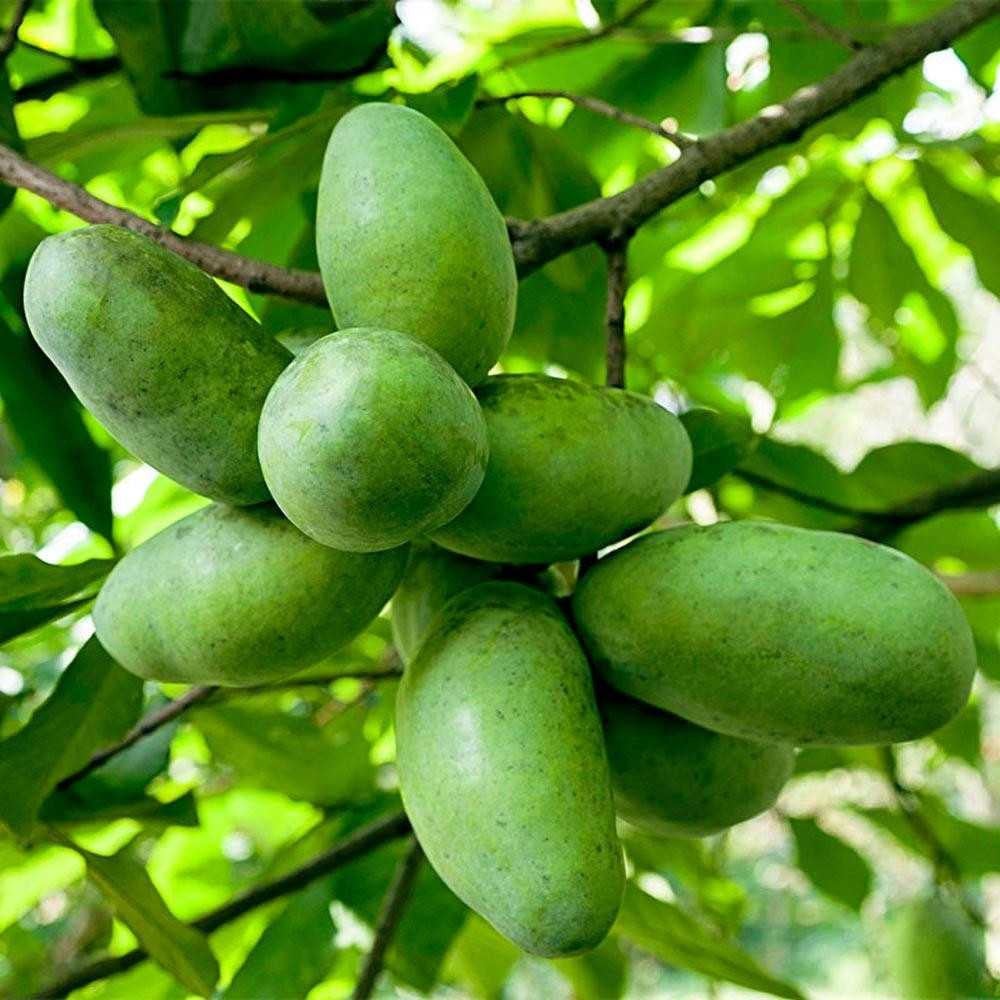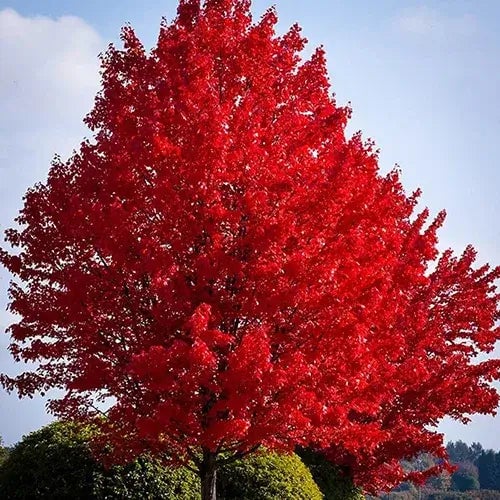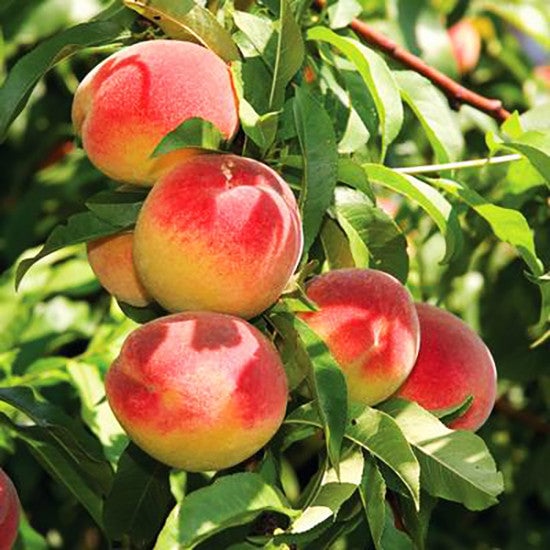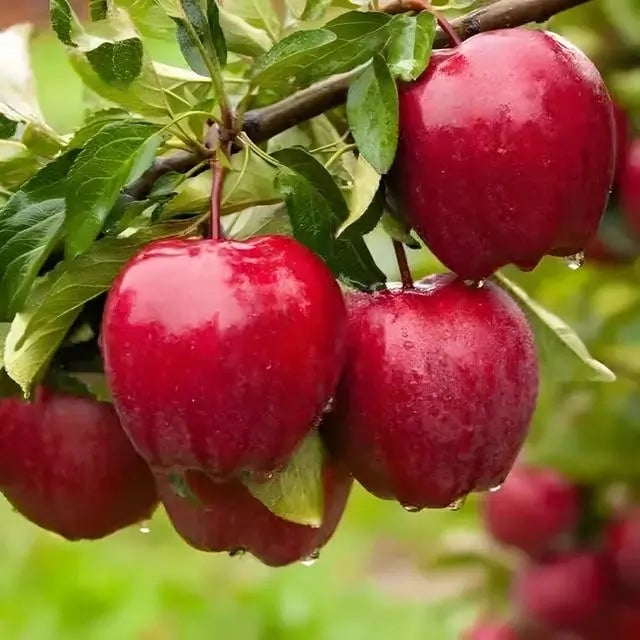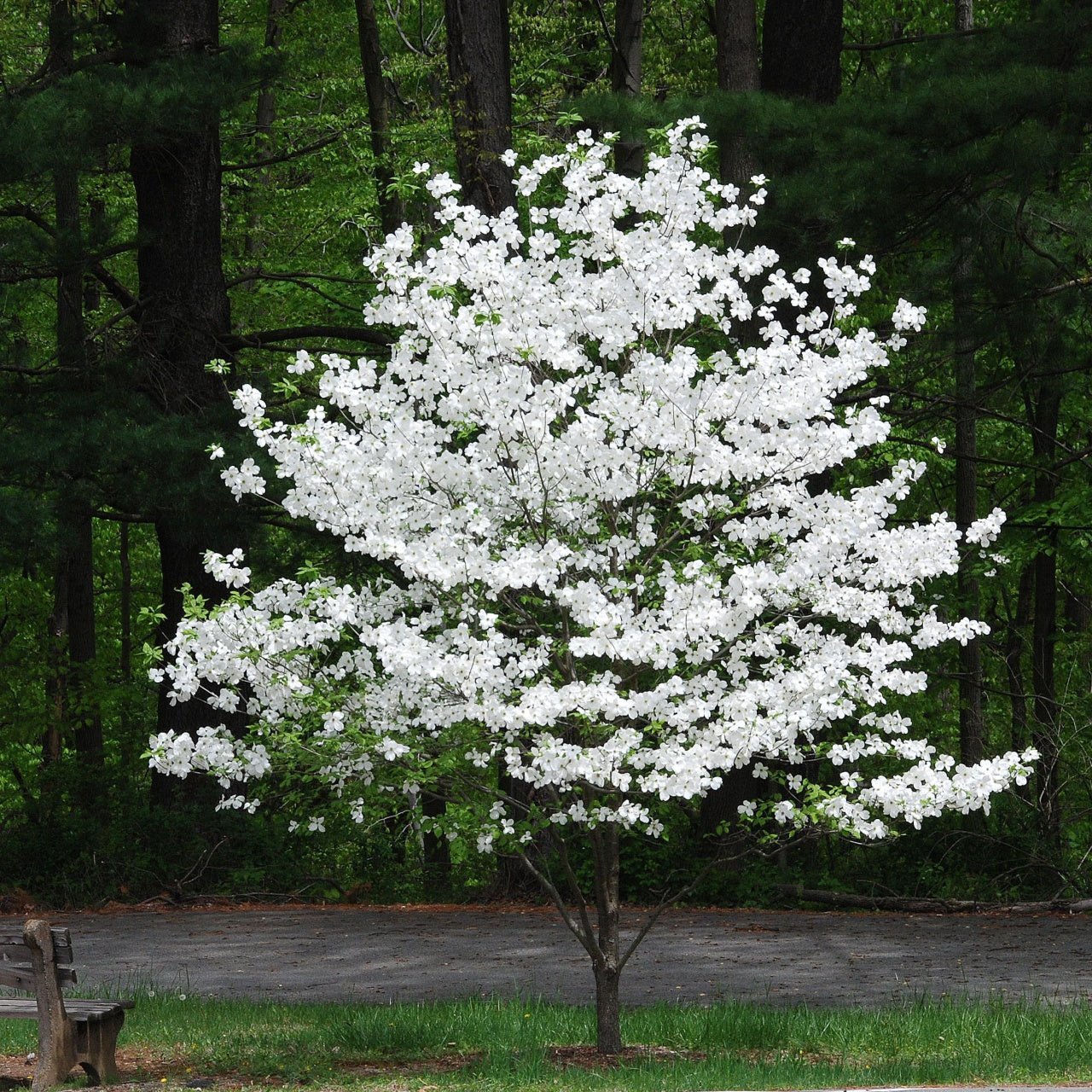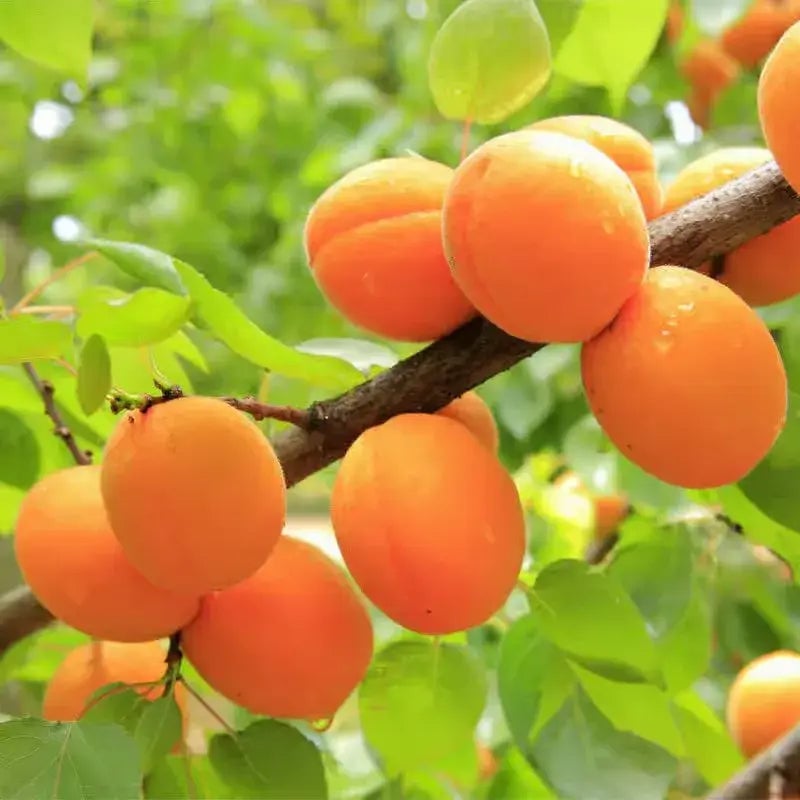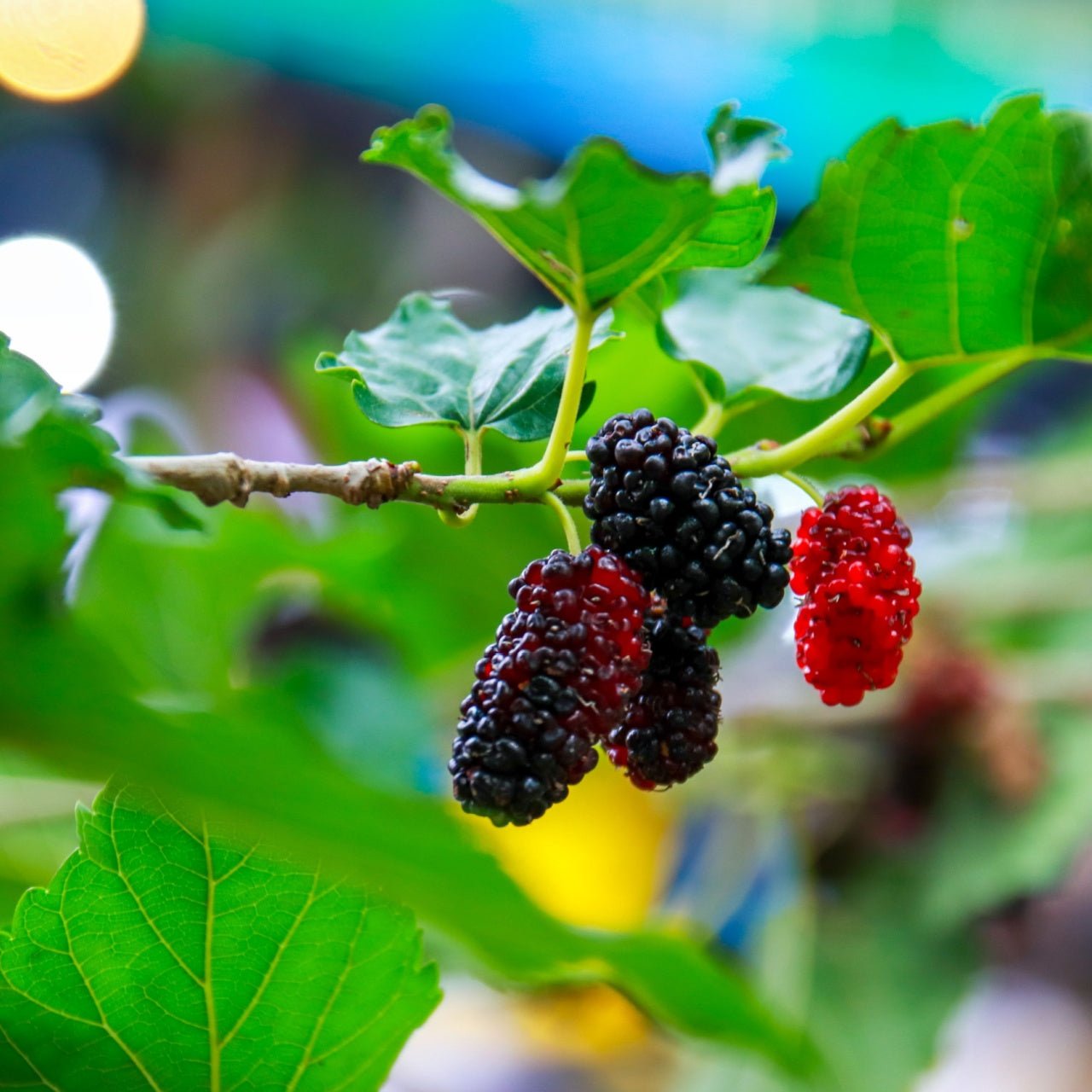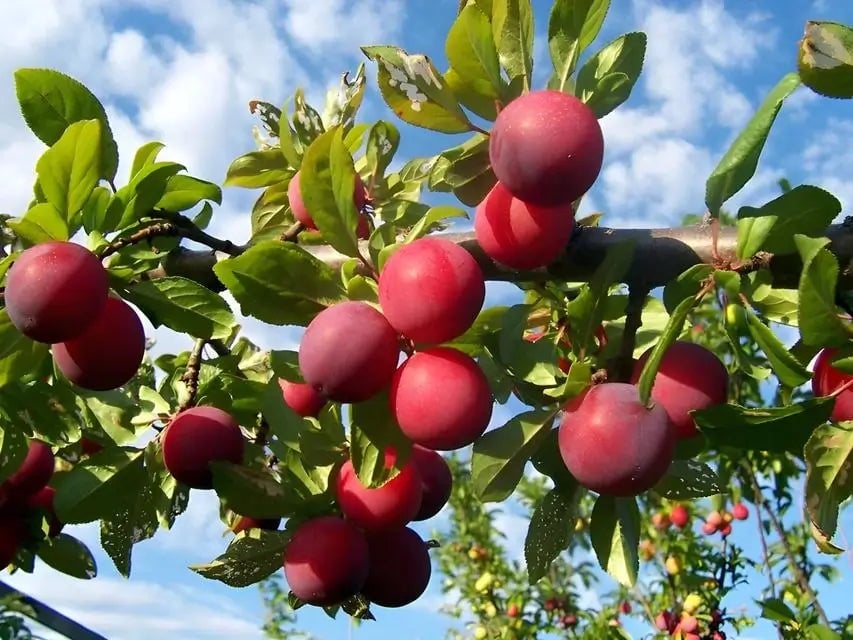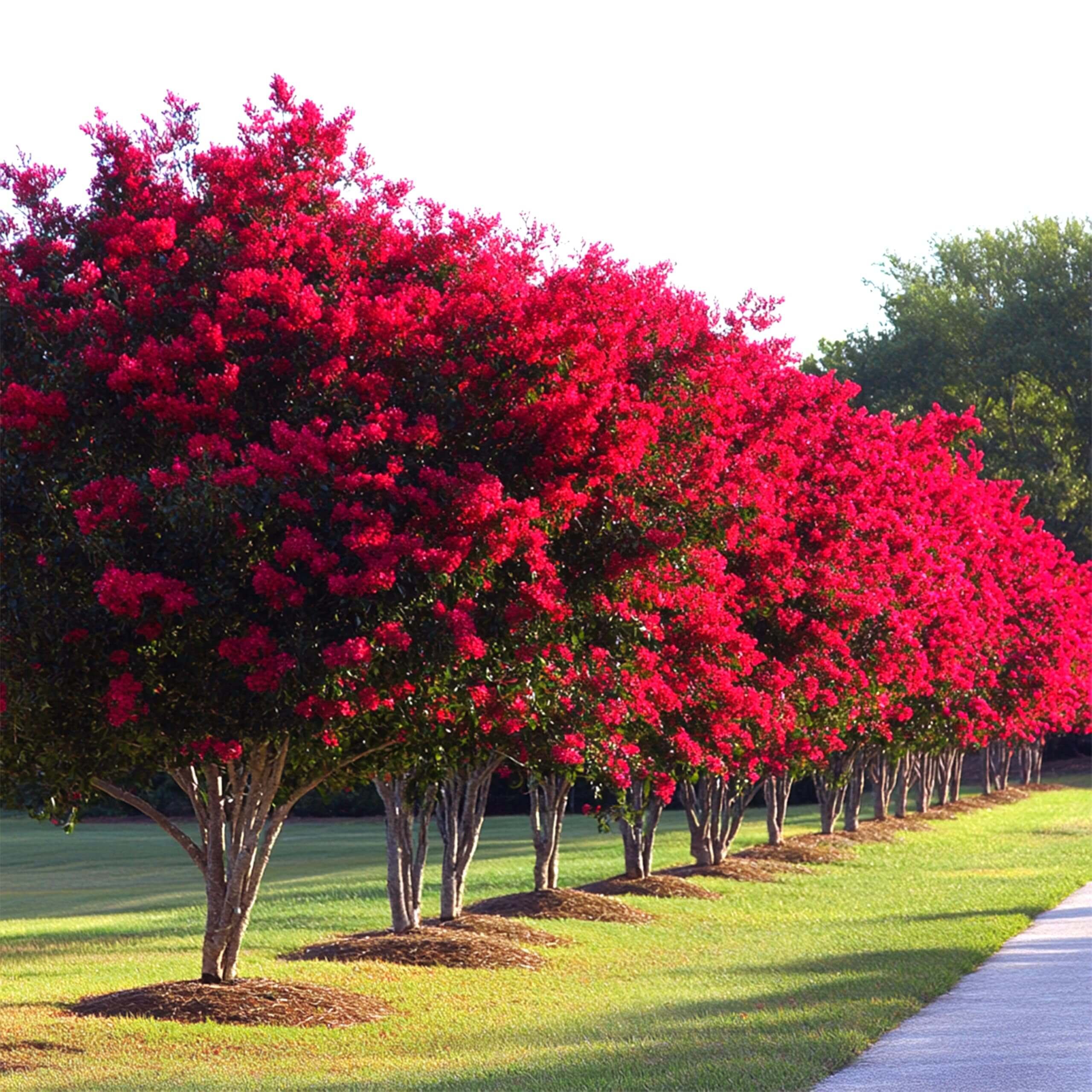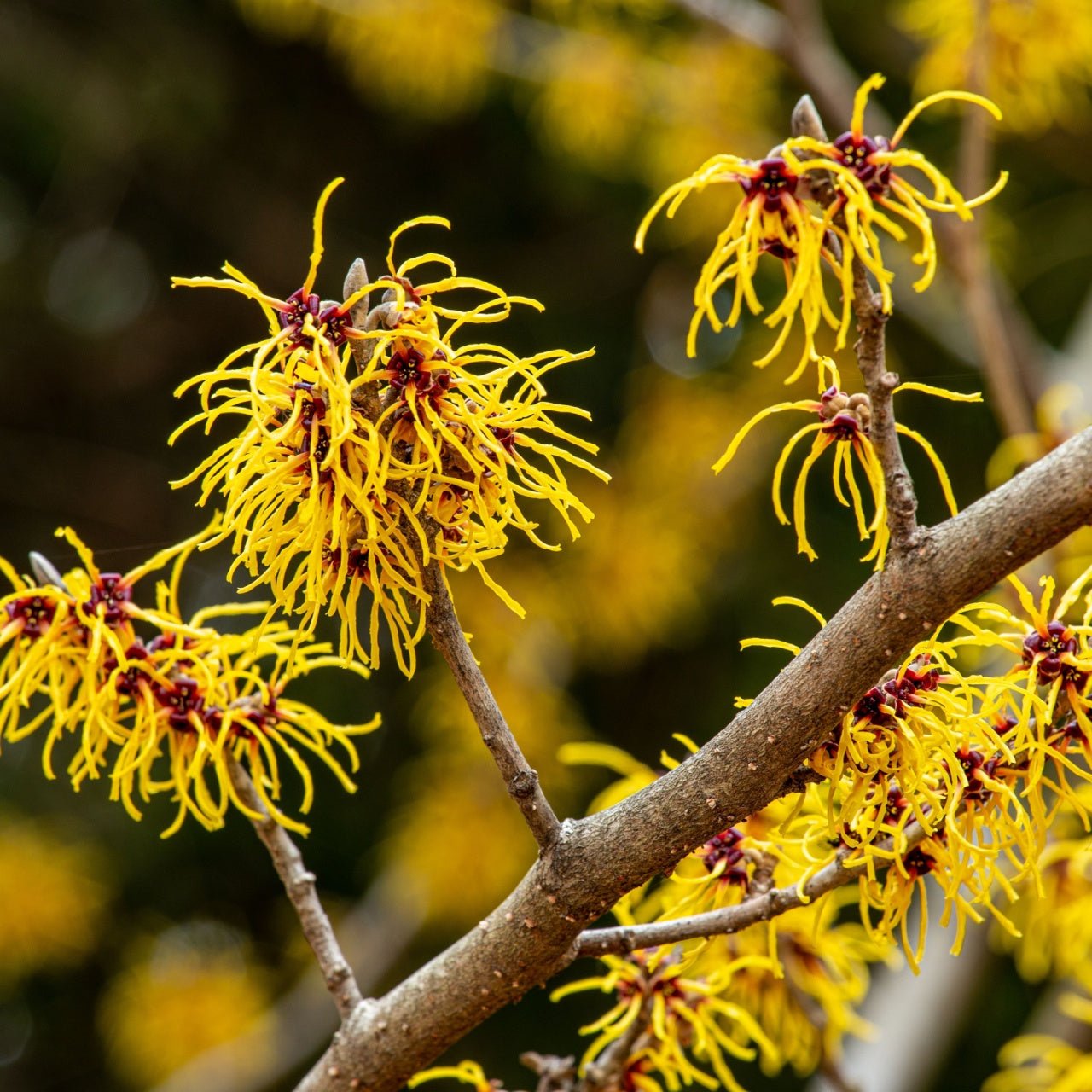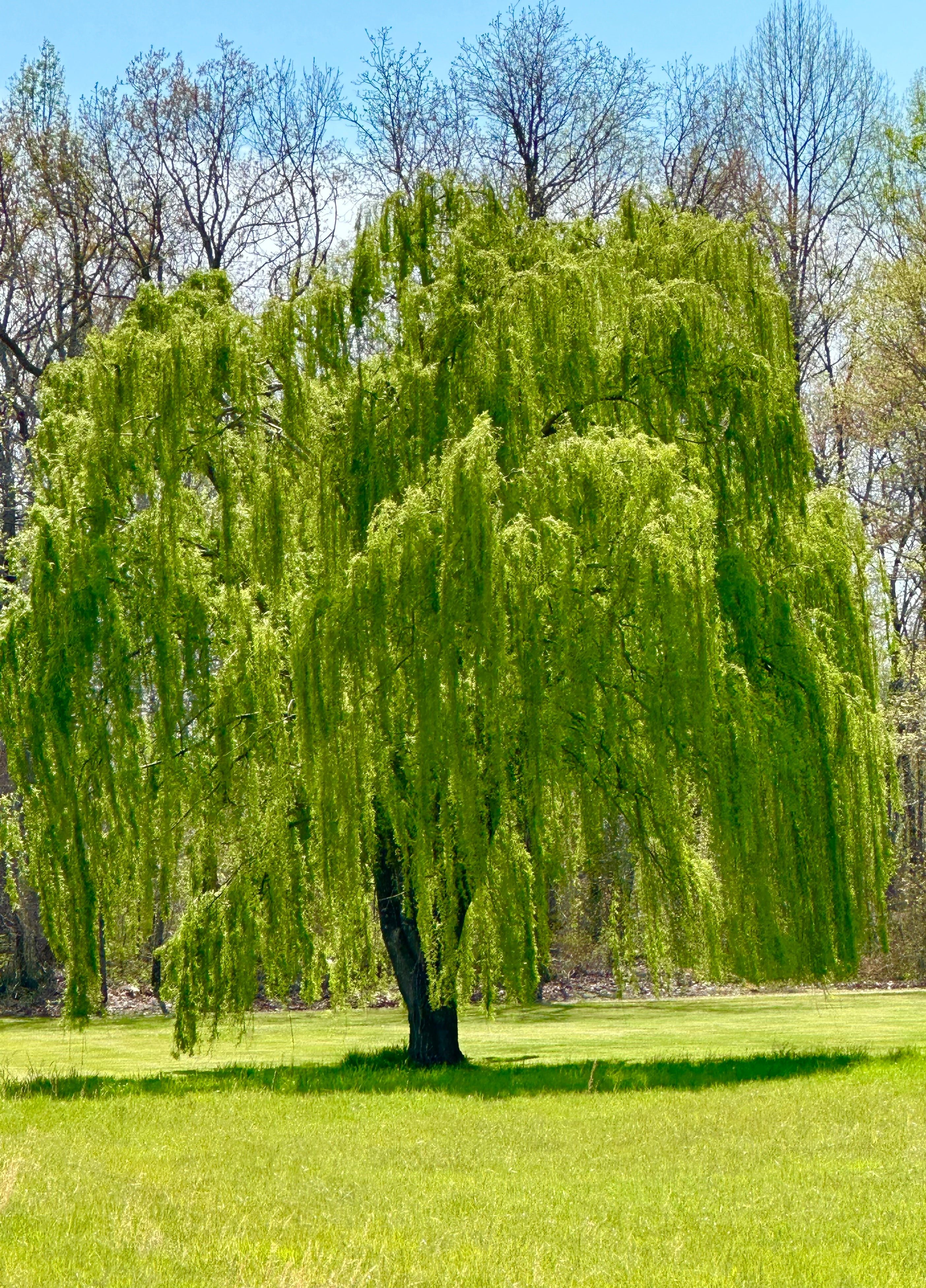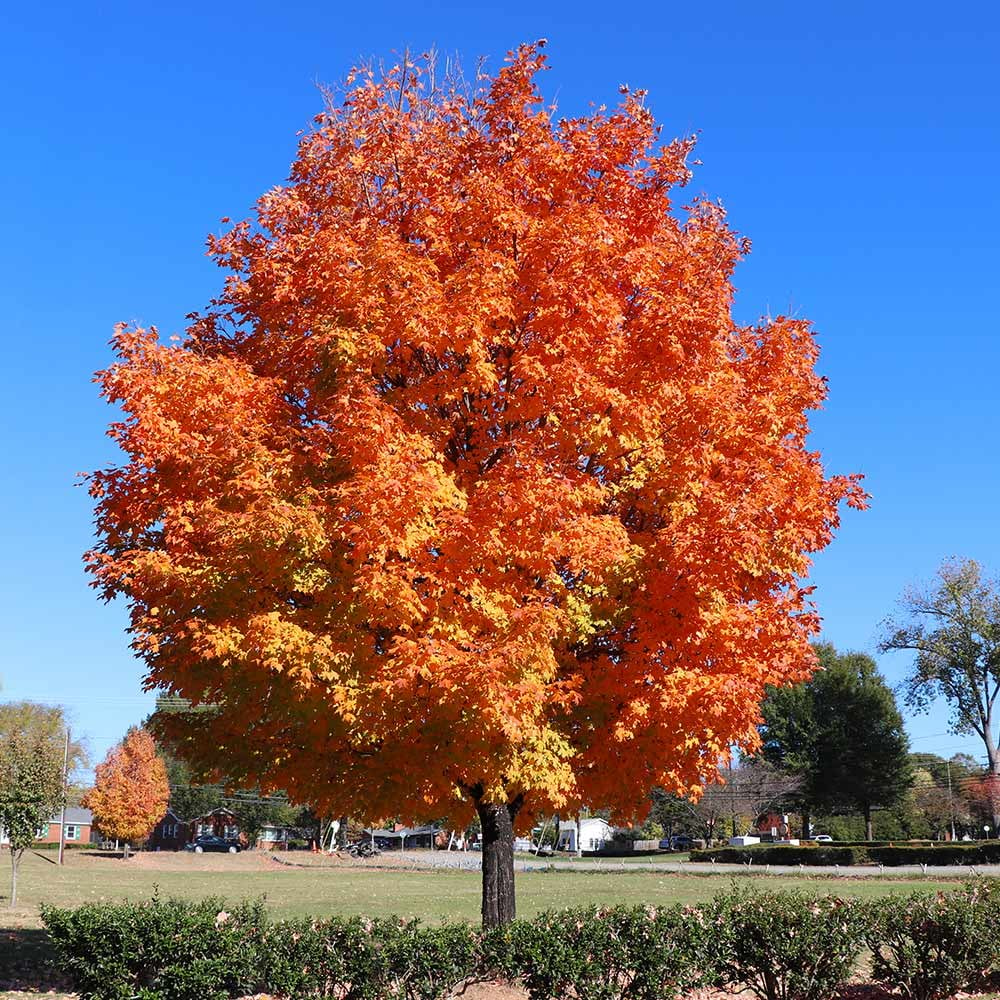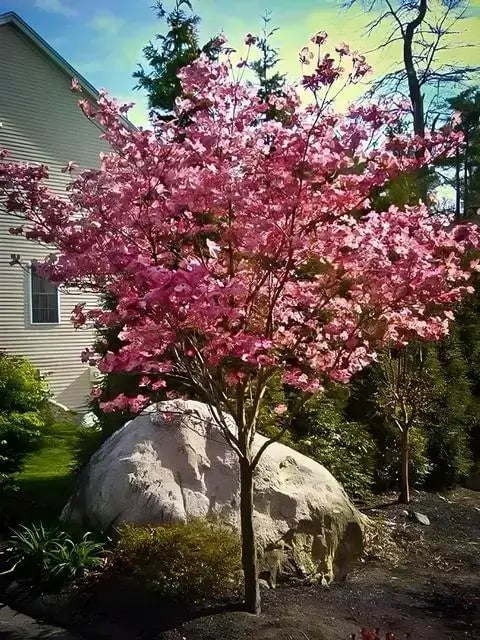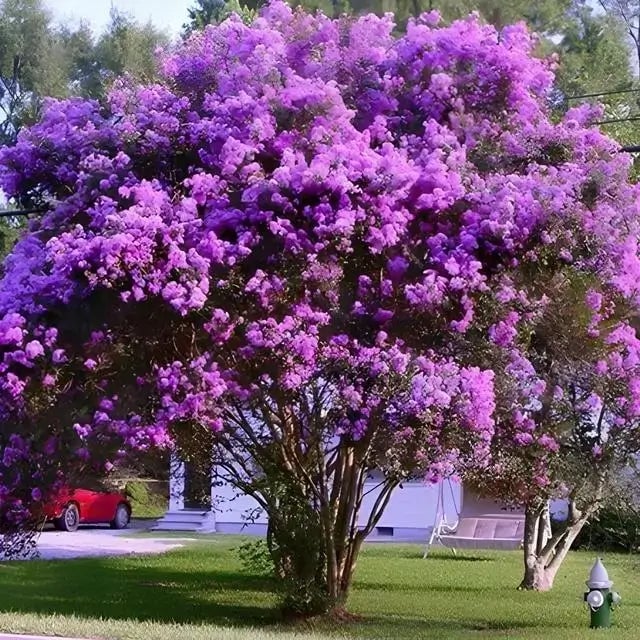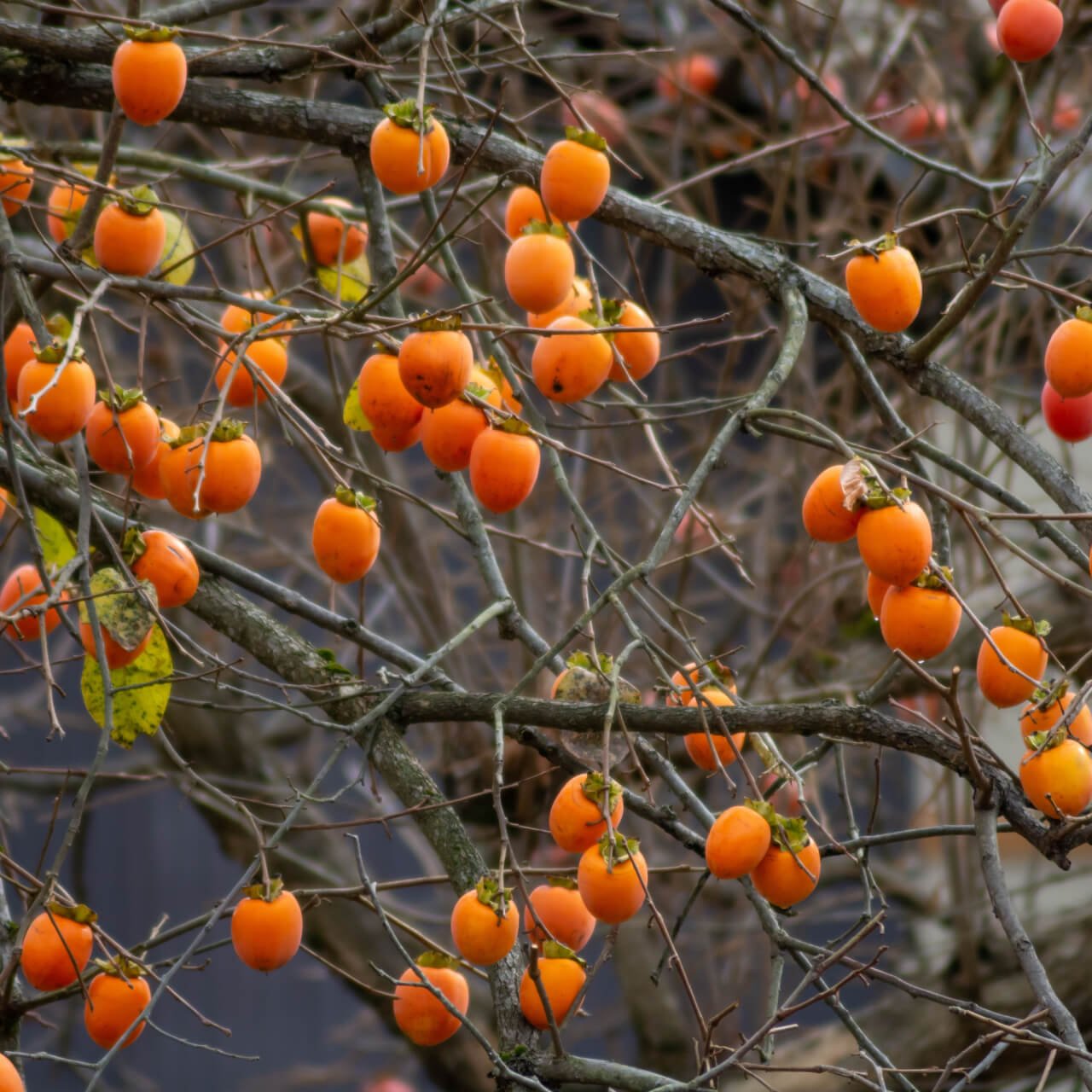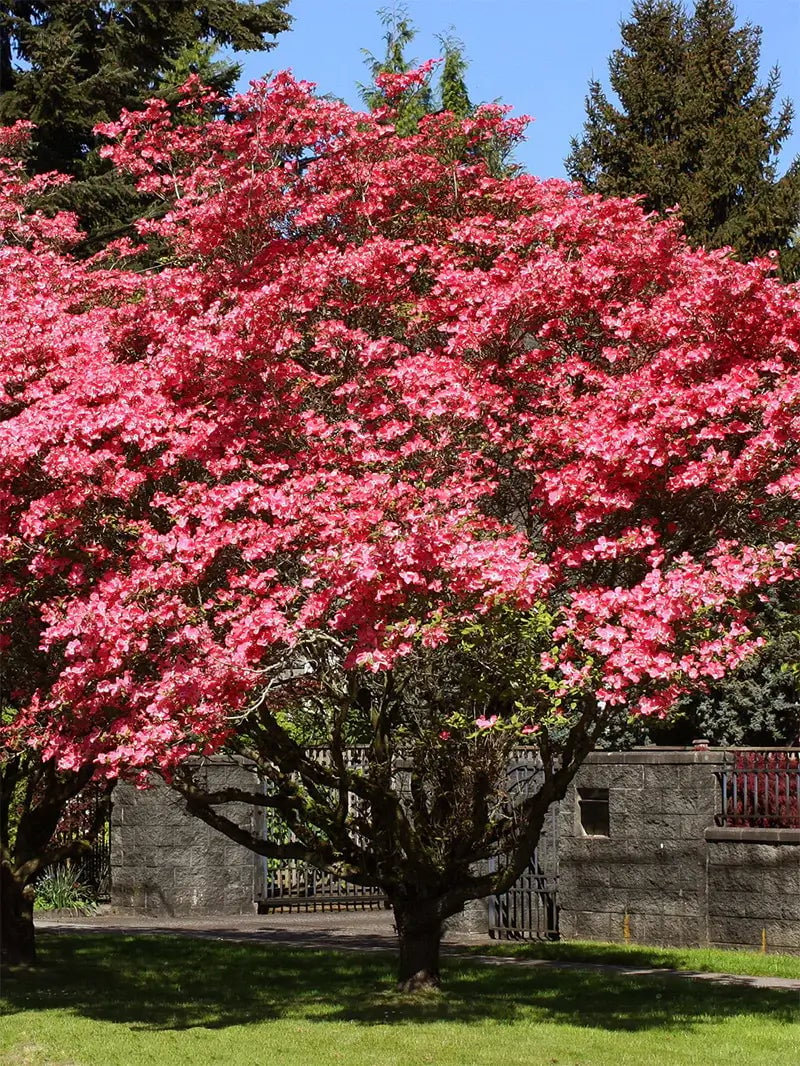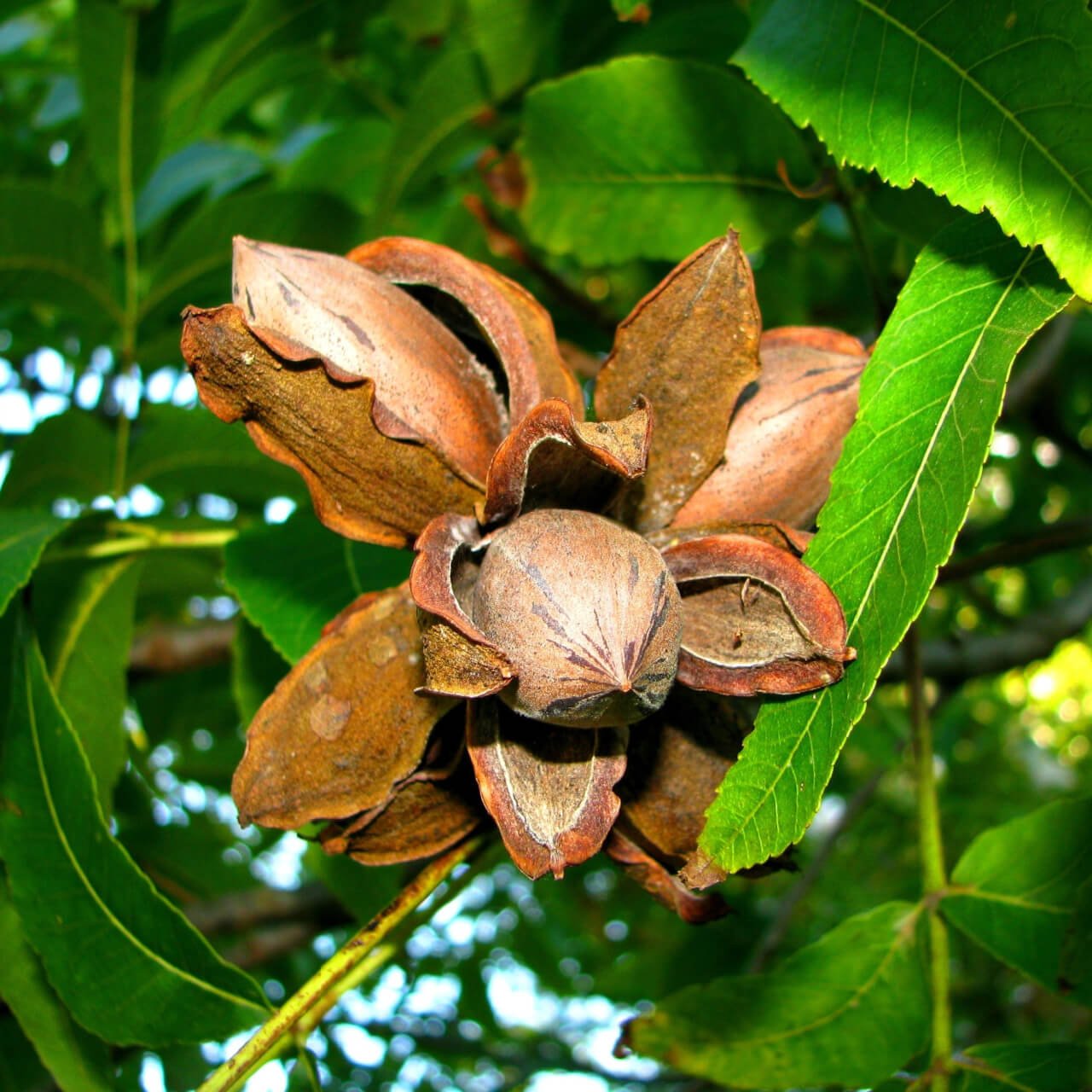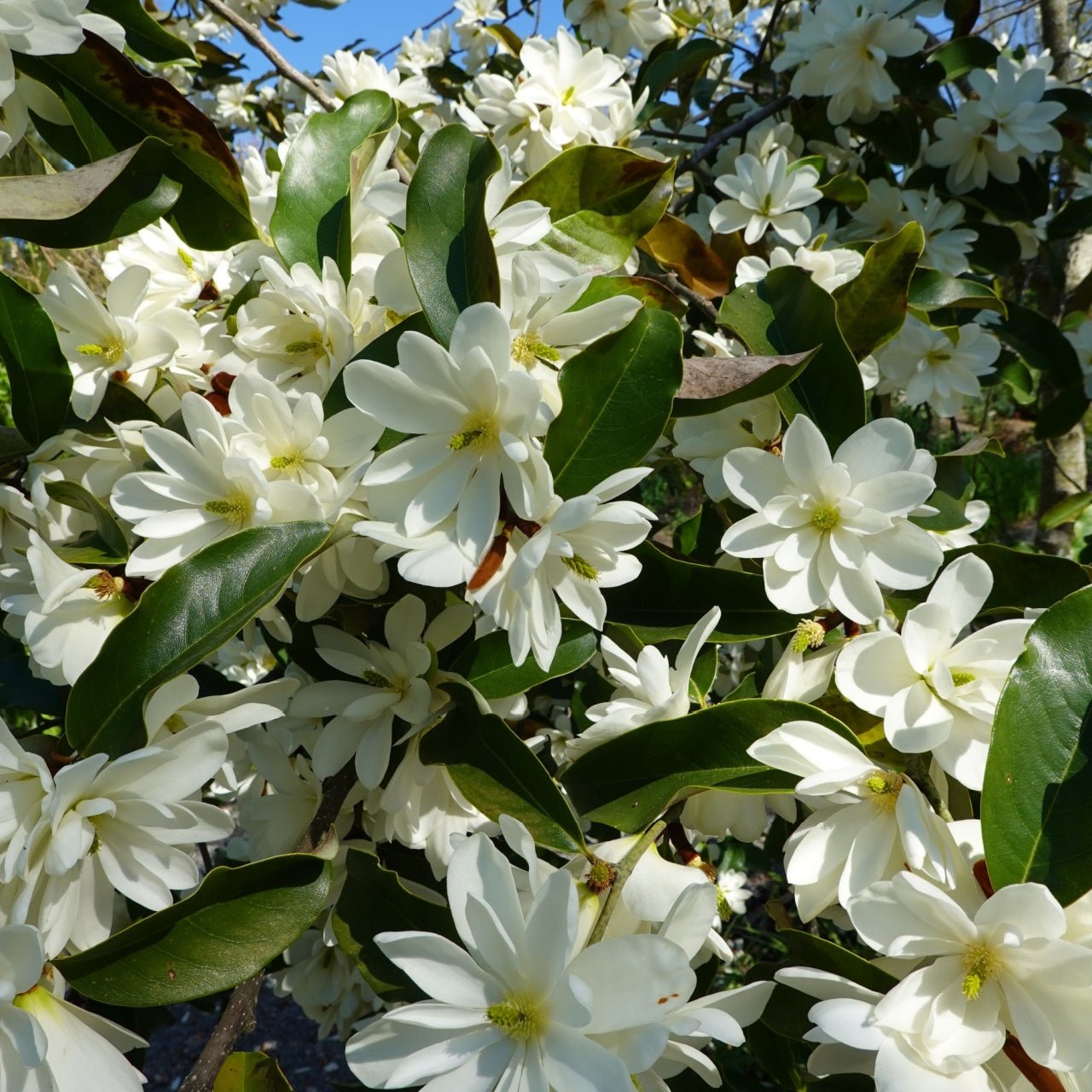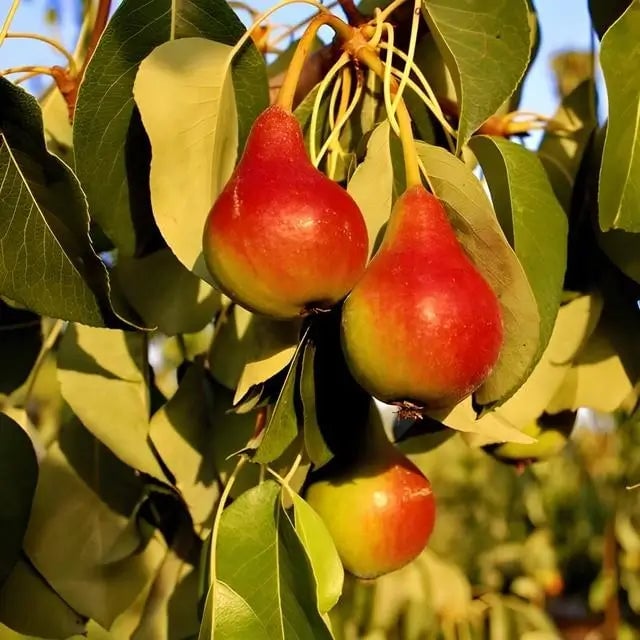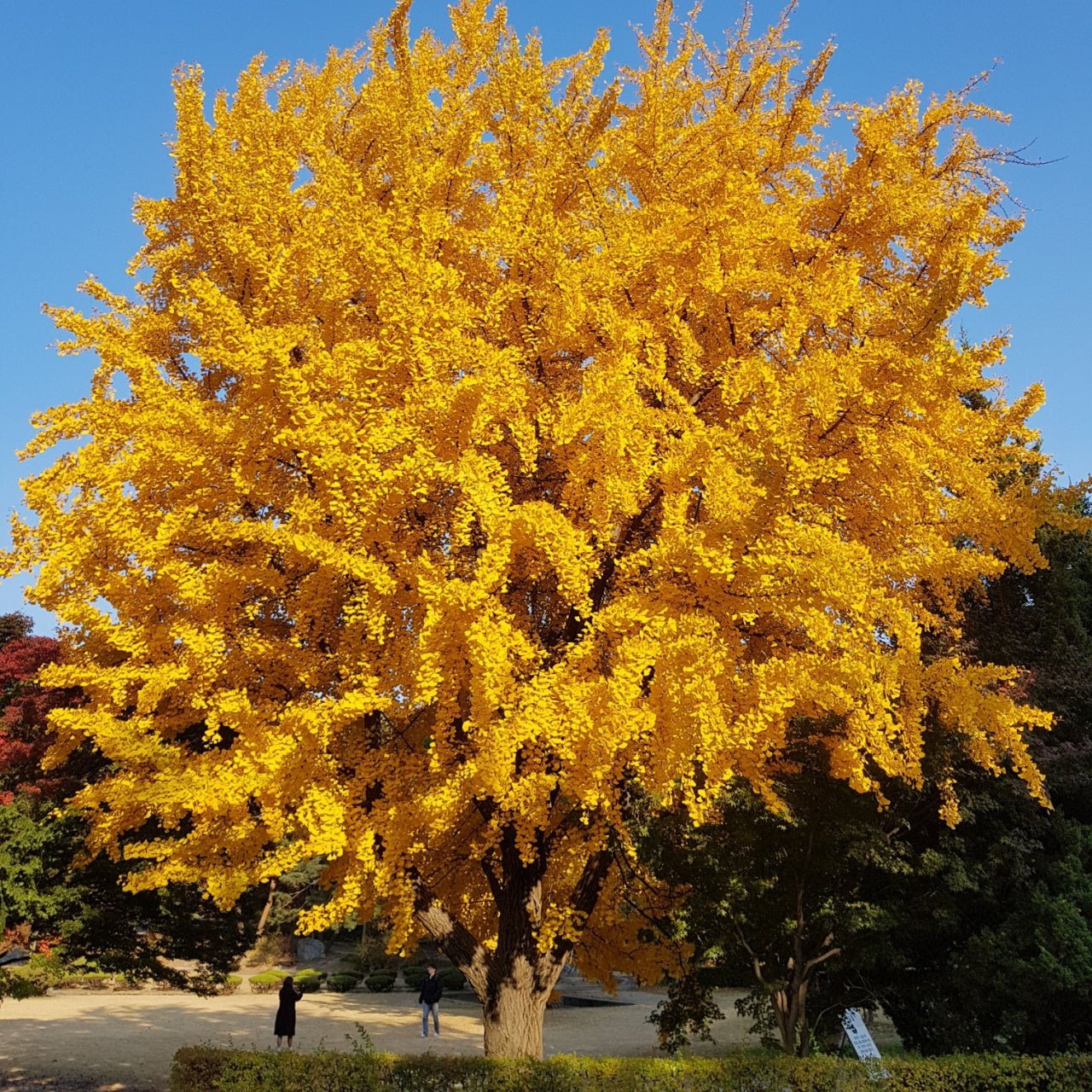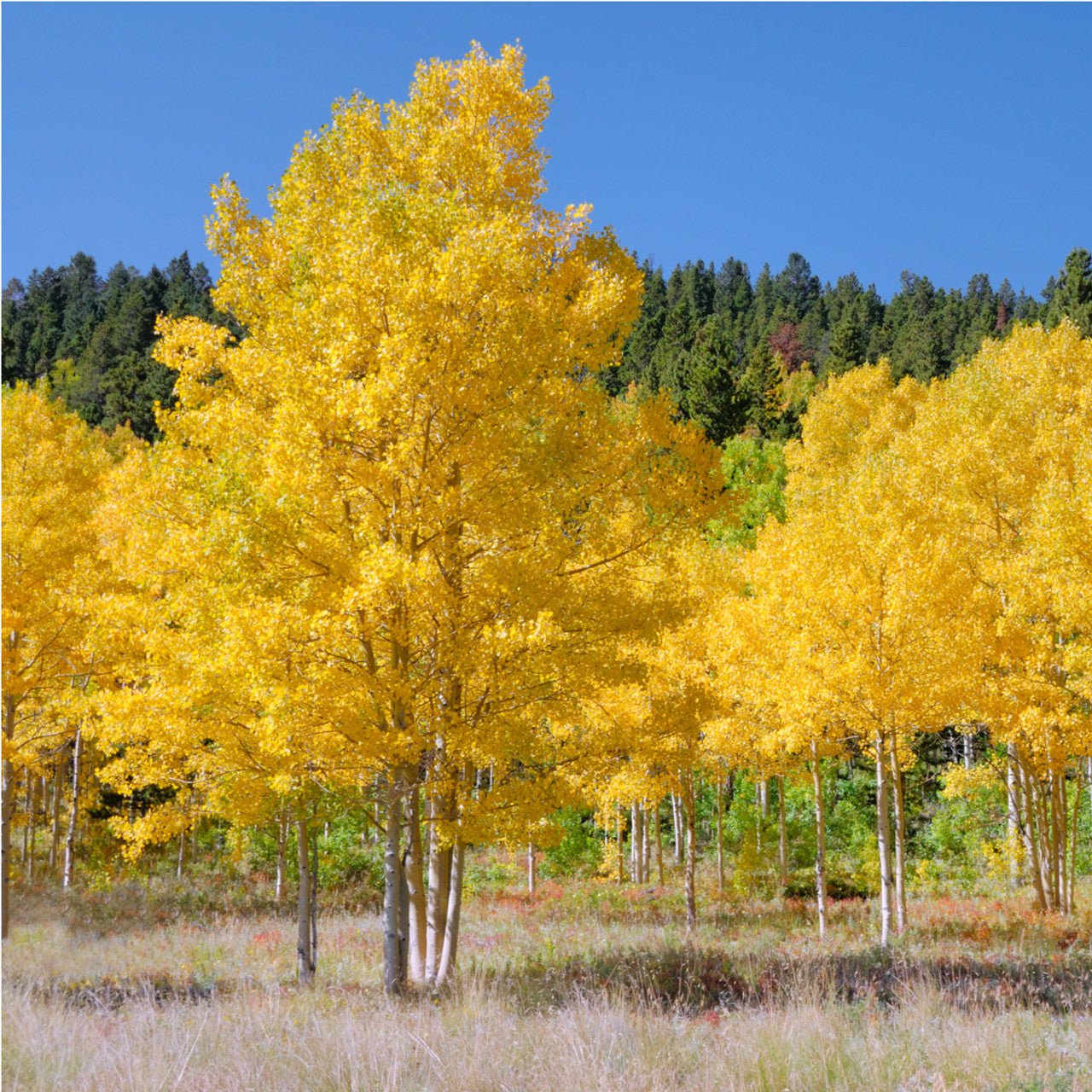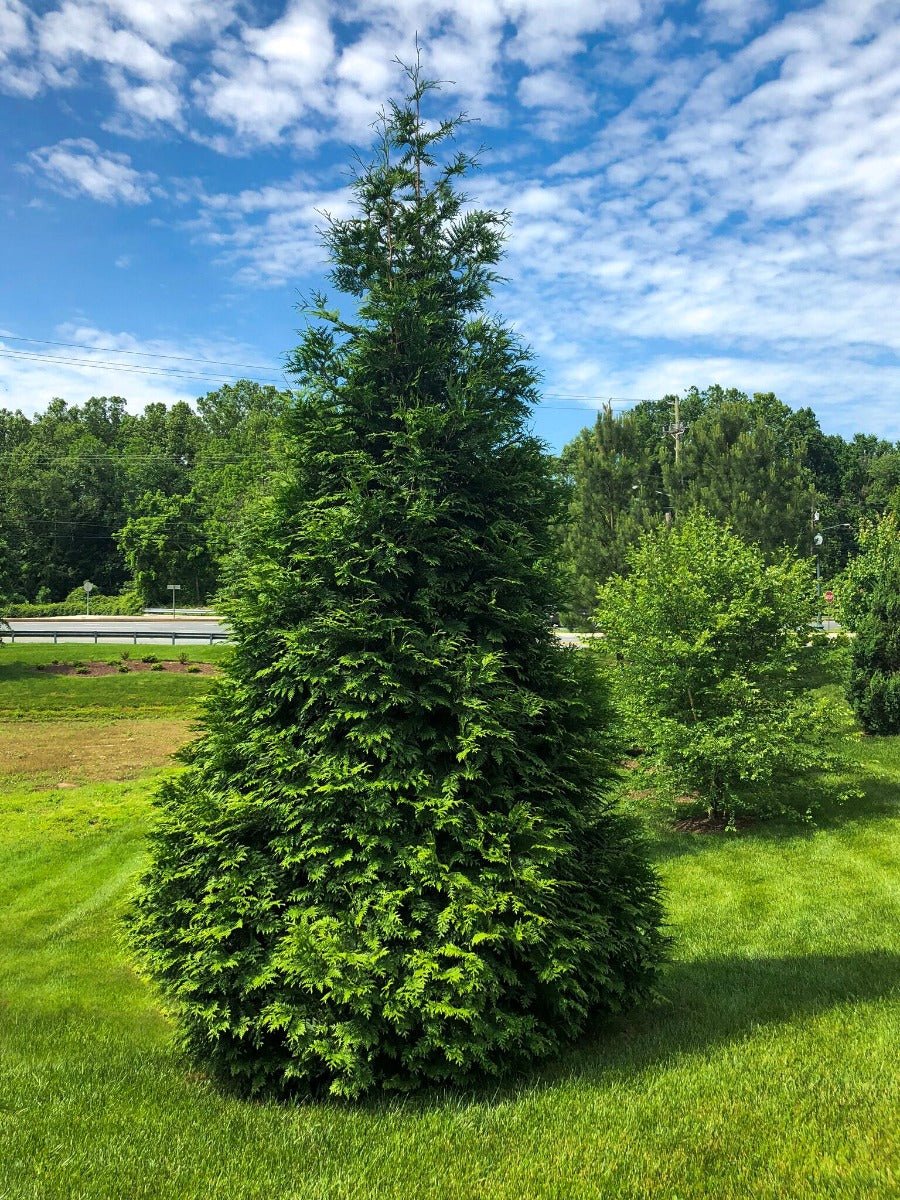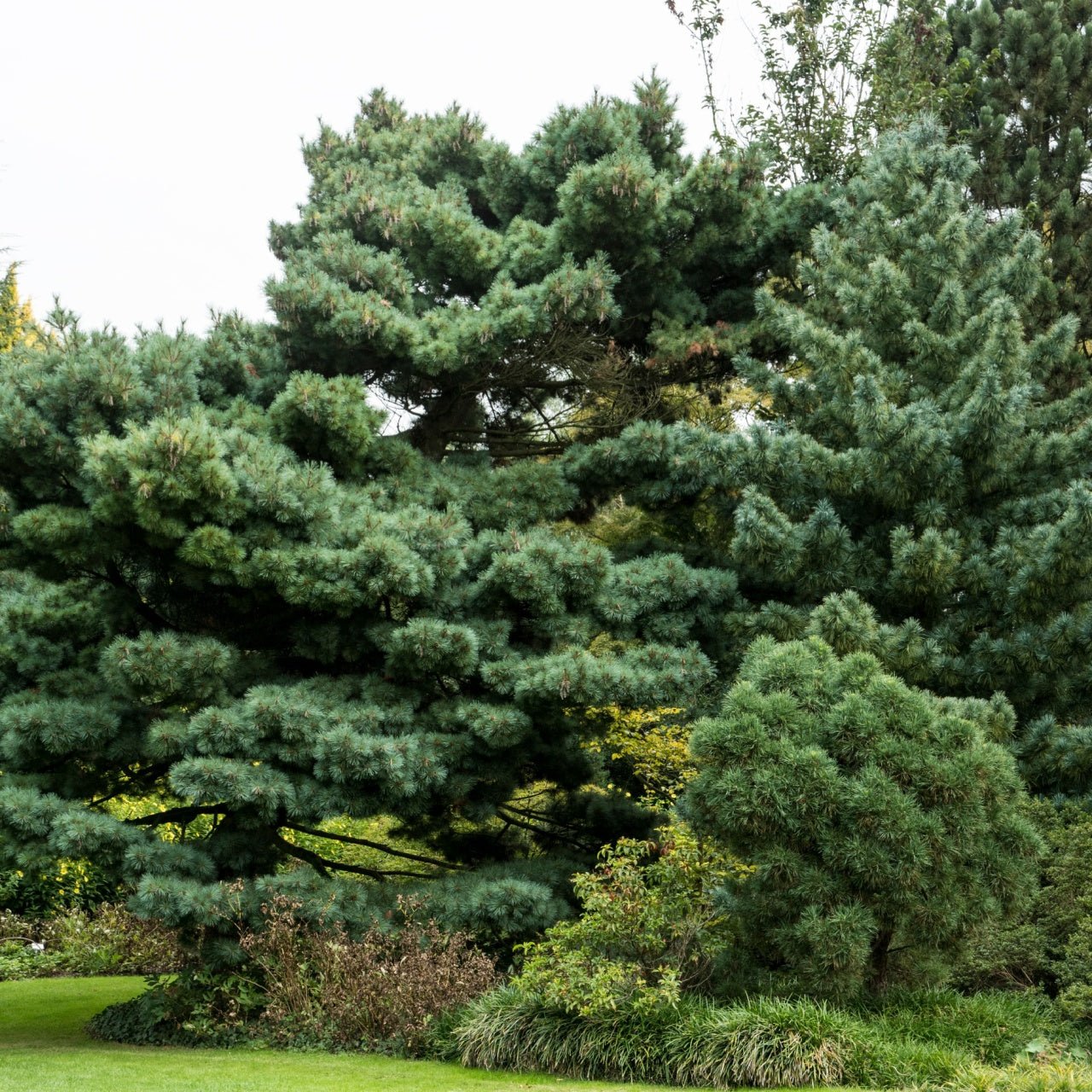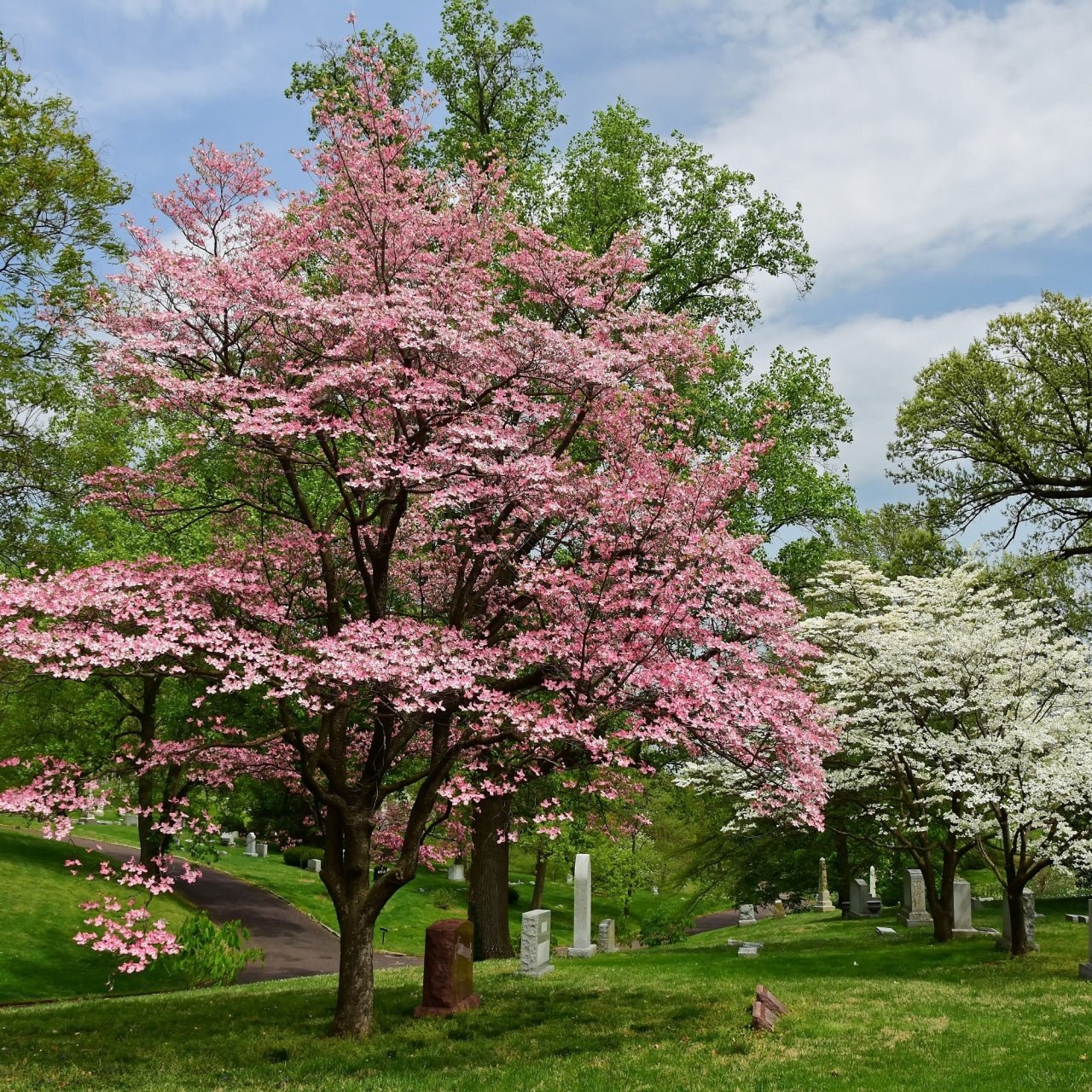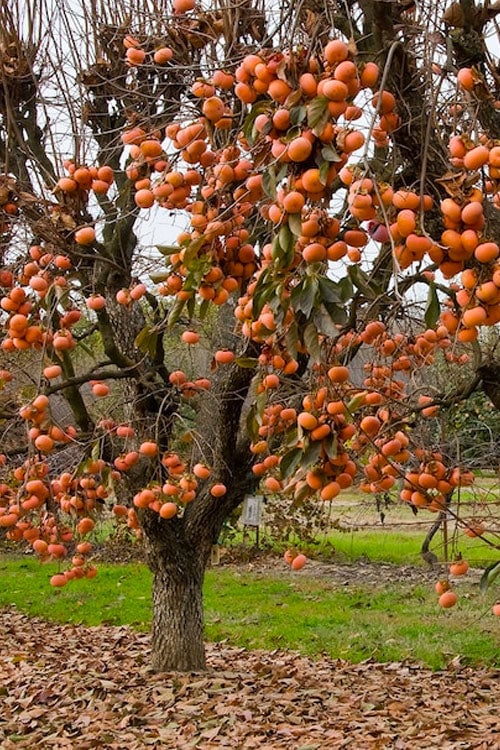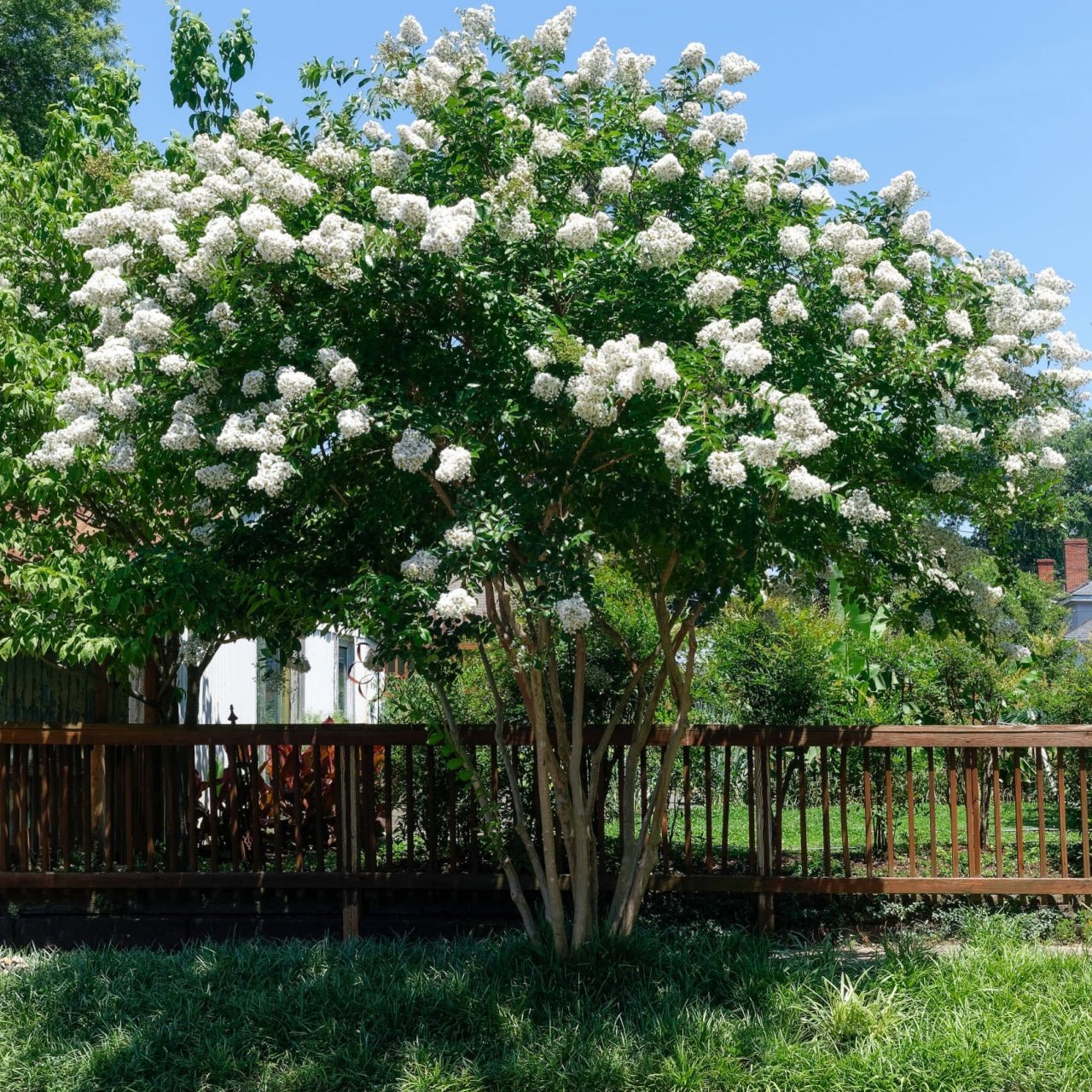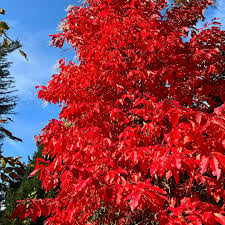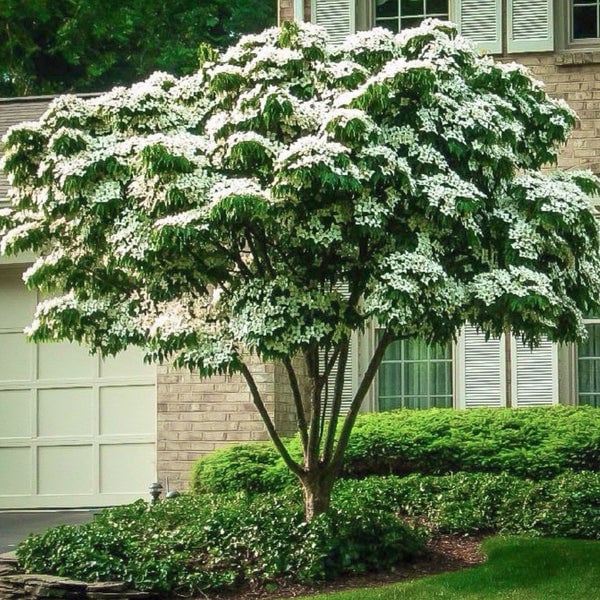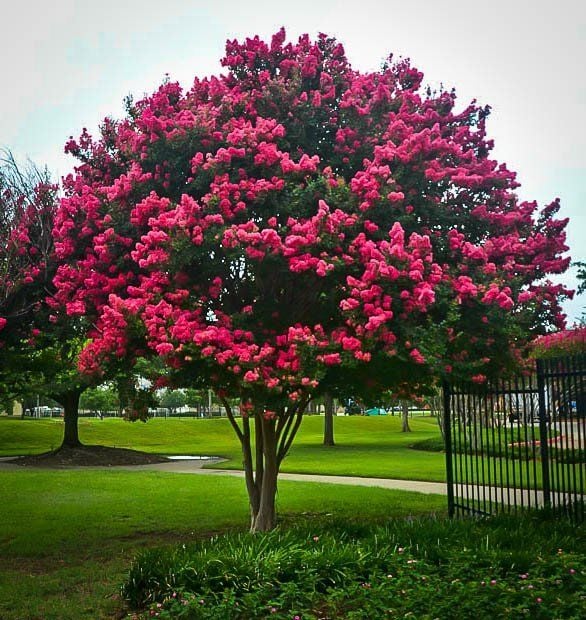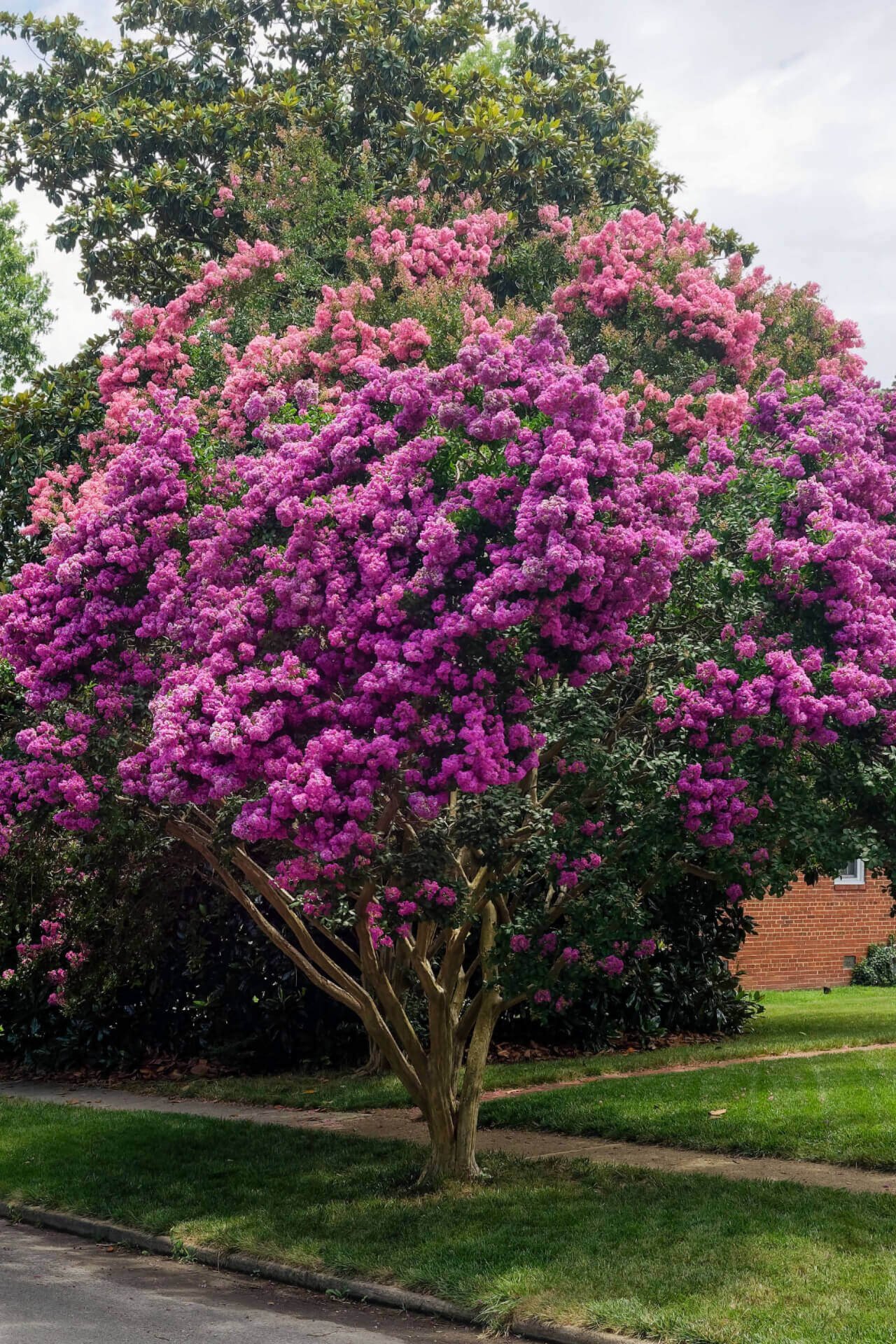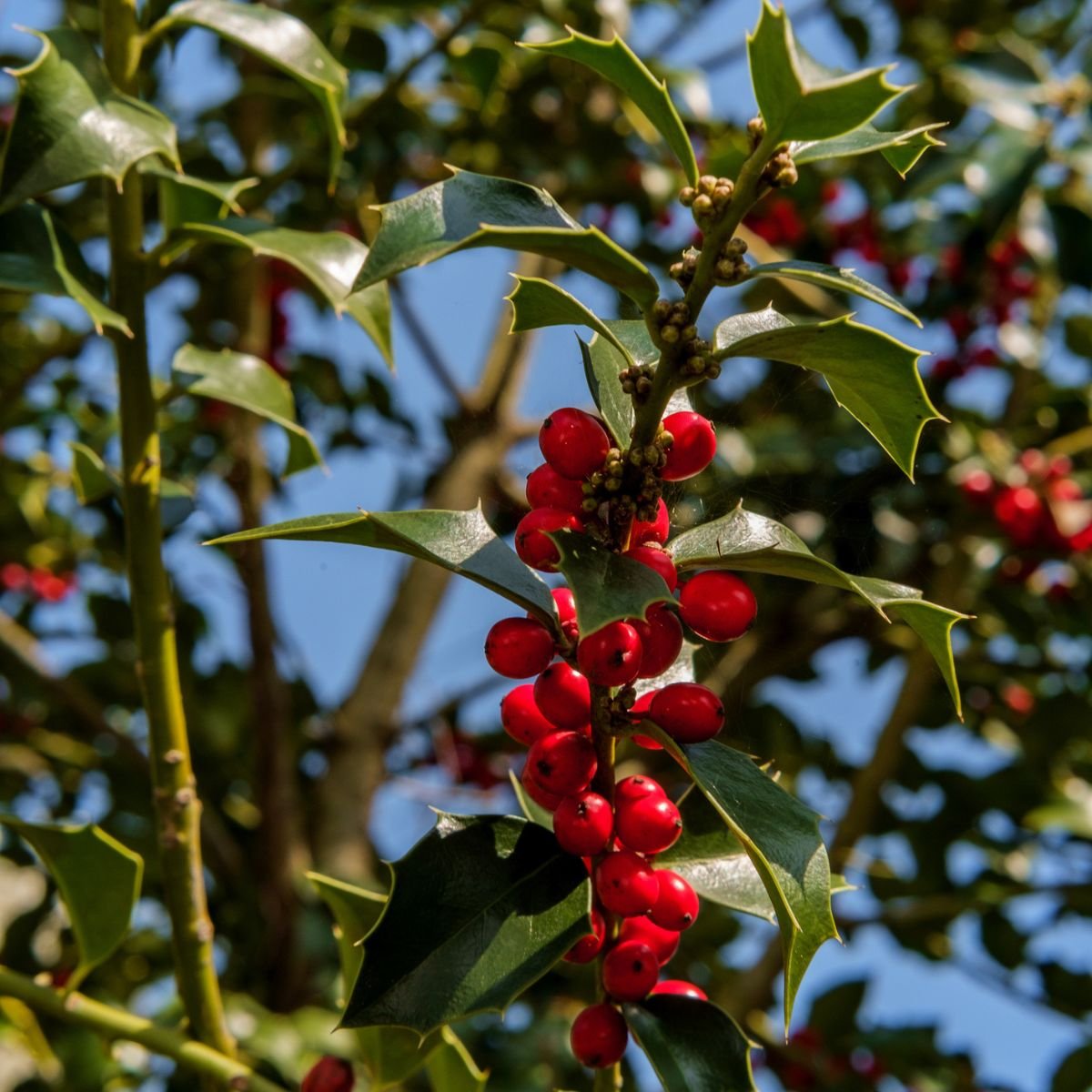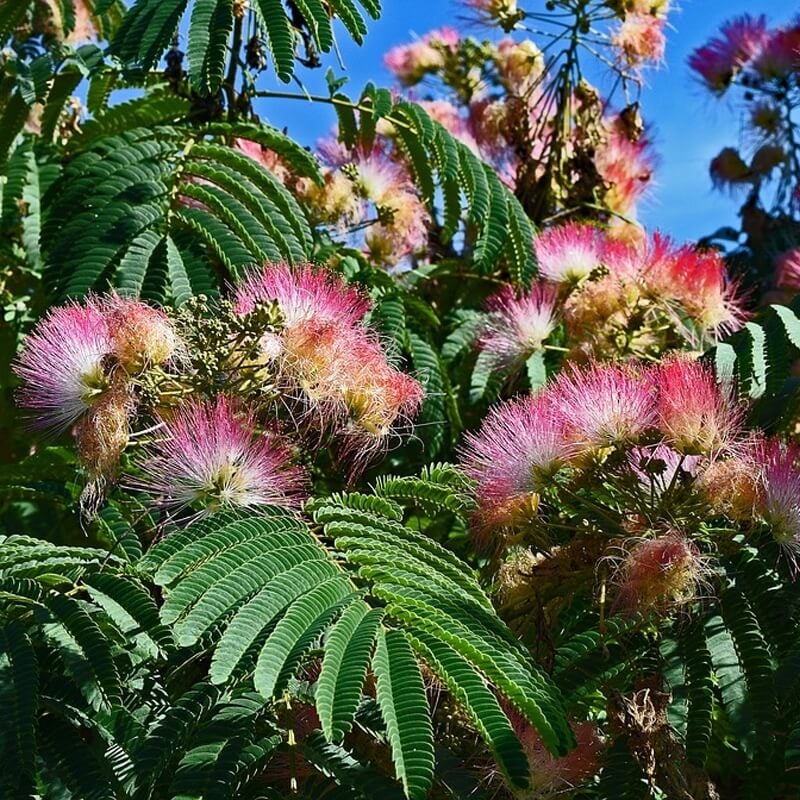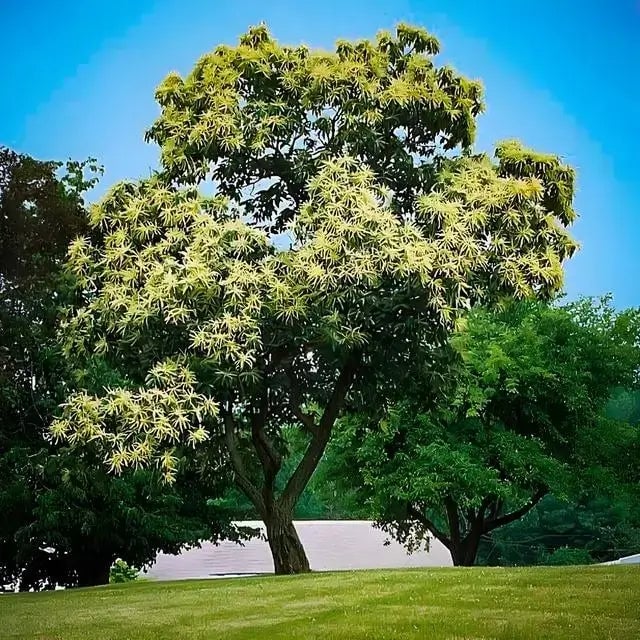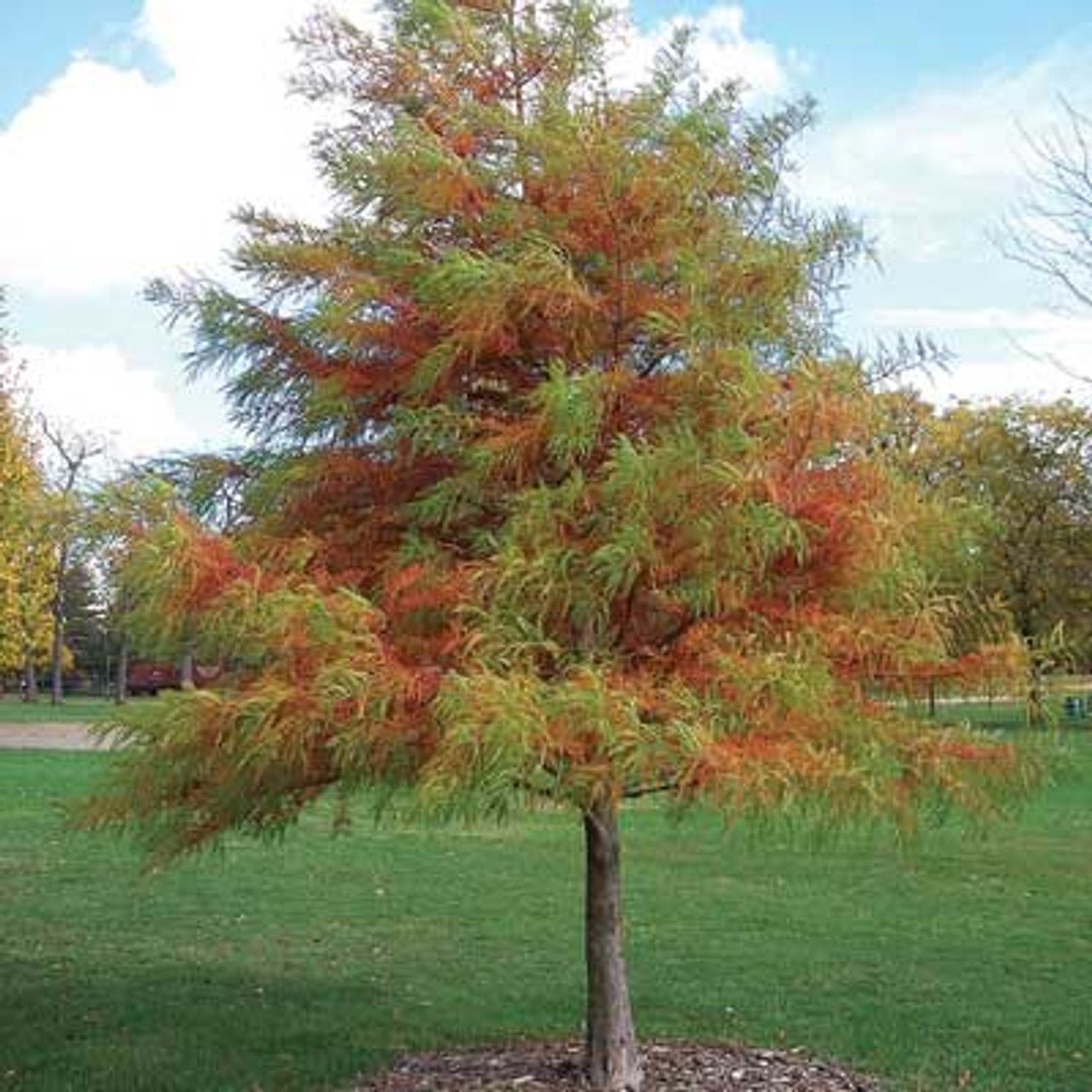Filters
Grow Trees From TN Nursery
Adding deciduous, flowering, or evergreen trees to your yard will bring a lot of fresh air. Discover diverse tree species and select the best for your landscaping scheme. Whether you want to diversify your garden or landscape, we have many native trees on sale with our buy 1, get 1 free deal.
Shop Trees to Bring Diversity and Asthetics
The tree collection available at TN Nursery showcases dozens of options from various collections, representing quality and beauty. We represent several types of fast-growing trees. If you want to refresh the complexion of your garden but have issues with tree identification, we are here for you. With us, you can get trees to grow from the following categories:
- Evergreen trees. Massive size, great scope, and saturated green color will make a great addition to flowering shrubs and small trees. Whether you want to improve the overall look of your territory, you are free to get the tallest trees available.
- Fast-growing trees. Do you want size and shape but don't want it to appear slowly? Then you can have trees that grow fast. With over 20 options representing different styles, patterns, and sizes, they will enhance your exterior.
- Fruit trees. Almond trees, peach trees, wild plum trees, and other options are available for purchase. Trees come in different varieties depending on the type (for example, peach trees represent Chalmer's Red Skin, Earliegrande Peach, Rich Joy, and other options).
Once you hesitate to choose the living trees that are needed among the available options, our specialists are here to help you. We do not only provide detailed information about each product but also explain how trees grow what happens at each stage of growth, and how you maintain them for an extended existence. From homeowners to national cemeteries, our clients receive the best options available on the market. Maples, spruces, and other trees that suit their styles.
TN Nursery - Your #1 Option to Work With
Dozens of affordable tree stores offer options from various categories-from seasonal trees and saturated green evergreen types to solid fruit trees, fast-growing maples, etc. To make your search more effective, consider using our tools and filters. With them, it's easier to sort out the products using categories of availability, price range, and date (from old to new and from new to old).
With us, you'll get all-time assistance and detailed instructions on how to plant a tree and maintain it. You'll know when to water your trees, when and how to remove dead branches, and how to shape them to prolong their life cycle. For example, Loblolly Pine Tree is an excellent option for those who seek a long visual presence, as this tree stands out as a combination of height, growth rate, durability, and adaptability. The root system prevents soil erosion and increases the tree's structural strength.
Last but not least in our advantage list is the price range. Our formula is "quality + affordability," as trees mostly stay within one price range. Moreover, we implement the discount system regularly, offering a better deal. The same system works for other categories, including seedlings, mosses, ferns, and other options.
Buy Trees Online at TN Nursery
Sometimes, people don't know what they want to get until they have a proper selection. With the most beautiful, stylish, durable, and affordable trees in the world, TN Nursery stands out as the best option to get yourself new plants. Since 1959, we have made a breakthrough, offering a wide selection of cost-effective plants to our clients. From gardeners to worldwide popular brands like Newsweek, The History Channel, New York Weekly, and others, we provide high-quality products to make the garden more fresh and good-looking. With us, you will not only get fresh plants for your garden but also learn how to maintain them effortlessly and keep their natural beauty as long as possible.
Whether you want to create an impressive look from zero or add a pinch of natural beauty to the landscape, you have come to the right place. Make a purchase, get your delivery, and plant trees, knowing they will soon bring harmony and strength to your property.
FAQ
What time would be the best to plant evergreen trees?
Generally, evergreen trees should be planted in the fall when it's not too hot. You can plant trees any time except summer.
What is the best tree you can have in the front yard?
The best option to have in the front yard is a redbud or a citrus tree.
What is the fastest-growing tree?
Weeping Willow is considered the fastest-growing tree. It can gain up to 8 feet a year.
In what conditions do evergreen trees grow?
Evergreen plants grow well in boreal regions with cool temperatures since they are well-adapted to the cool climate.


